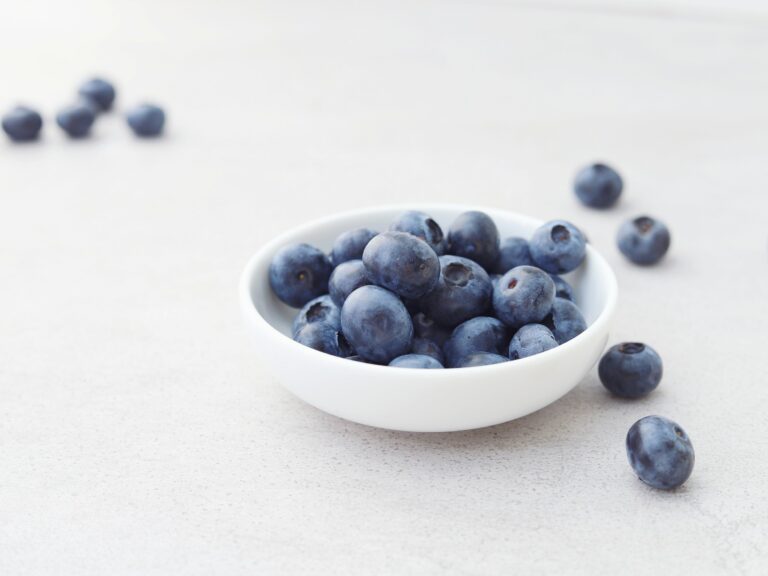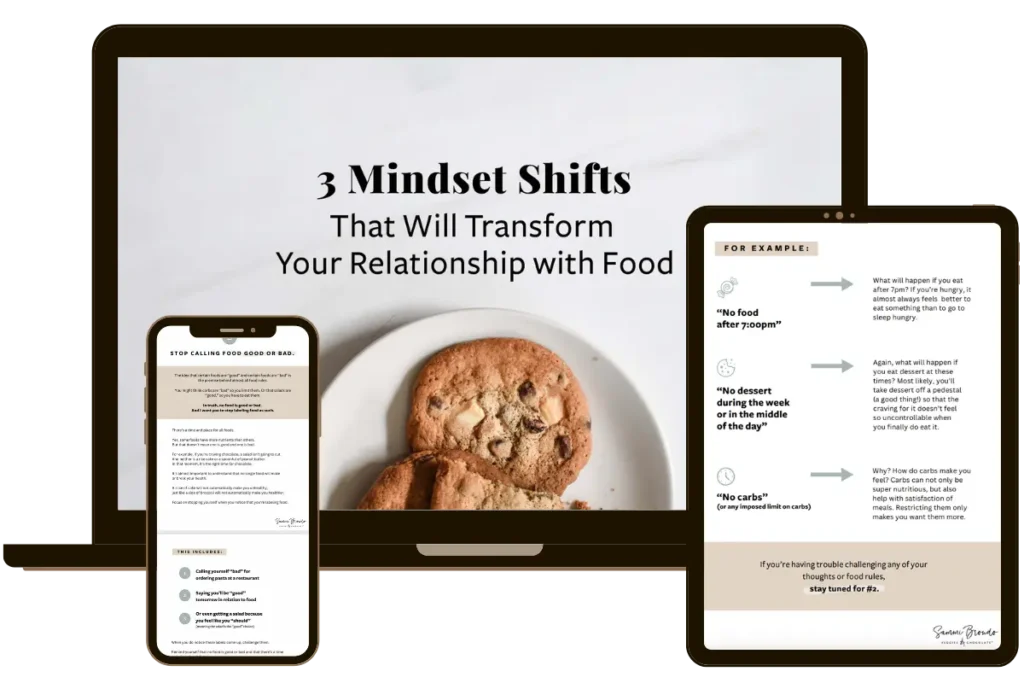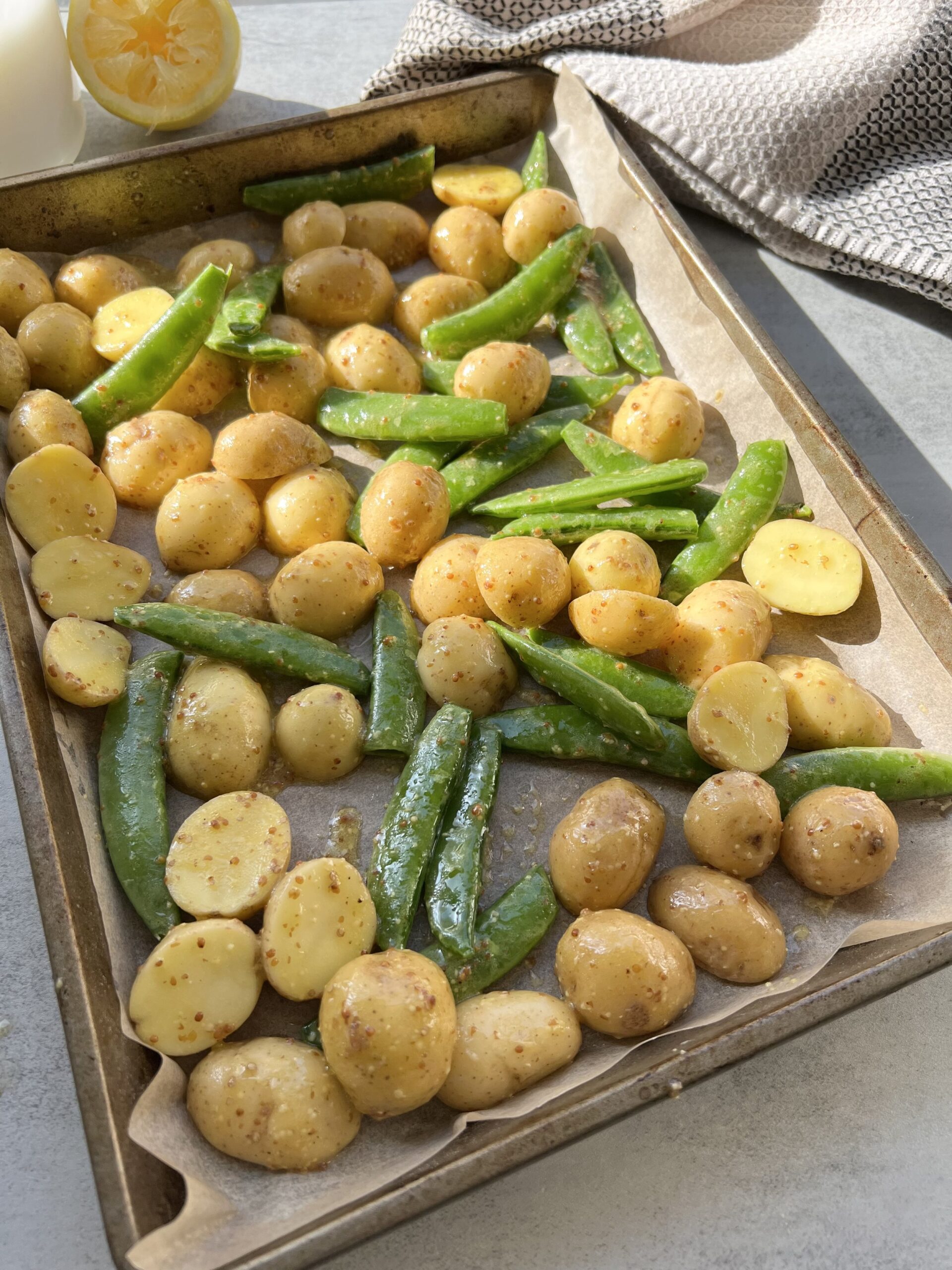
This blog post is written by dietetic intern, Madeline Lowney.
Picture this:
You’re at the grocery store facing seemingly-identical watermelons–except one is $5.99, and the other $8.99. It’s organic, so it must be better… right? Let’s unpack that.
Let’s start here: what does organic mean?
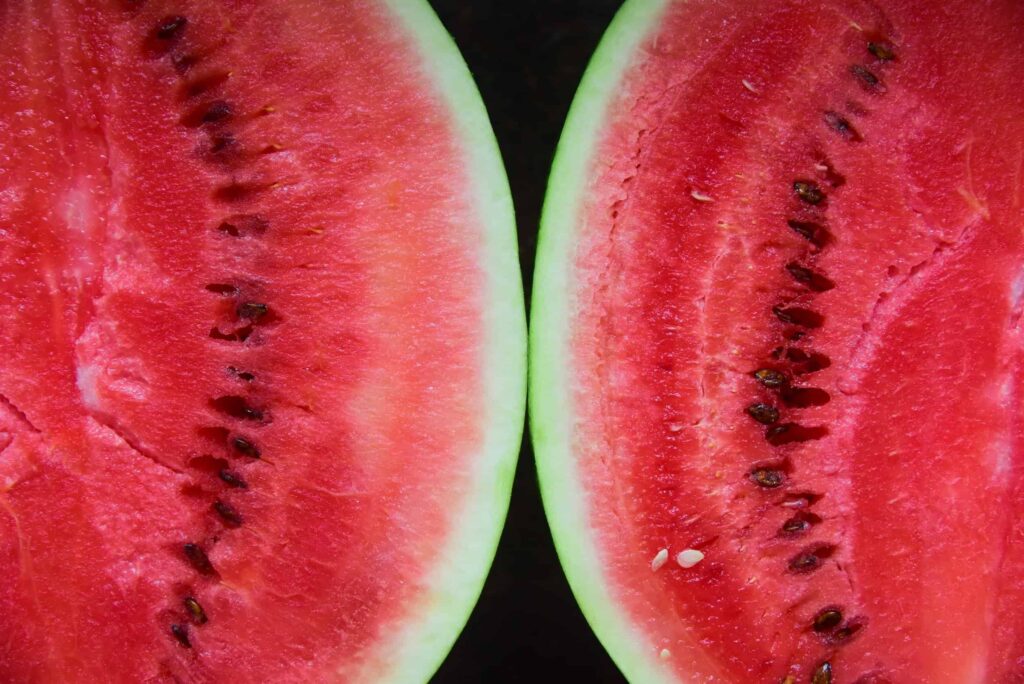
Organic produce has not been applied with synthetic (human-made) pesticides and is non-GMO. It may still contain *organic* pesticides (derived from a mineral, plant, or naturally-occurring substance): the USDA has a list of approved pesticides (organic and non-organic), and amounts of these which are acceptable (1).
Though organic produce is always non-GMO, organic crops are not necessarily what would typically grow in nature–they can still be selectively bred to favor traits but cannot have genes directly added or removed.
(P.S. Wondering about GMOs? GMO means that a food cannot be grown using seeds which have genes modified, inserted into, or deleted from their DNA. For example, no matter what pesticides are on an orange, if it has been bred to have a thinner, easy-to-peel skin using the removal of a gene from its seed’s DNA, it’s considered GMO. Despite the unfounded reputation, there’s nothing wrong with GMO products!) (2)
The term “organic” is legally defined and can be used only after a grower has attained a USDA certification and inspection (which can take years!). Other terms like “natural” may be used anywhere, and without regulation. Very small farms and retailers (think: your local juice bars or “Organic Garden” Cafe) can be labeled organic without certification, too.
There are a lot of factors you might consider when choosing between organic and conventional produce.
How do the two varieties compare?
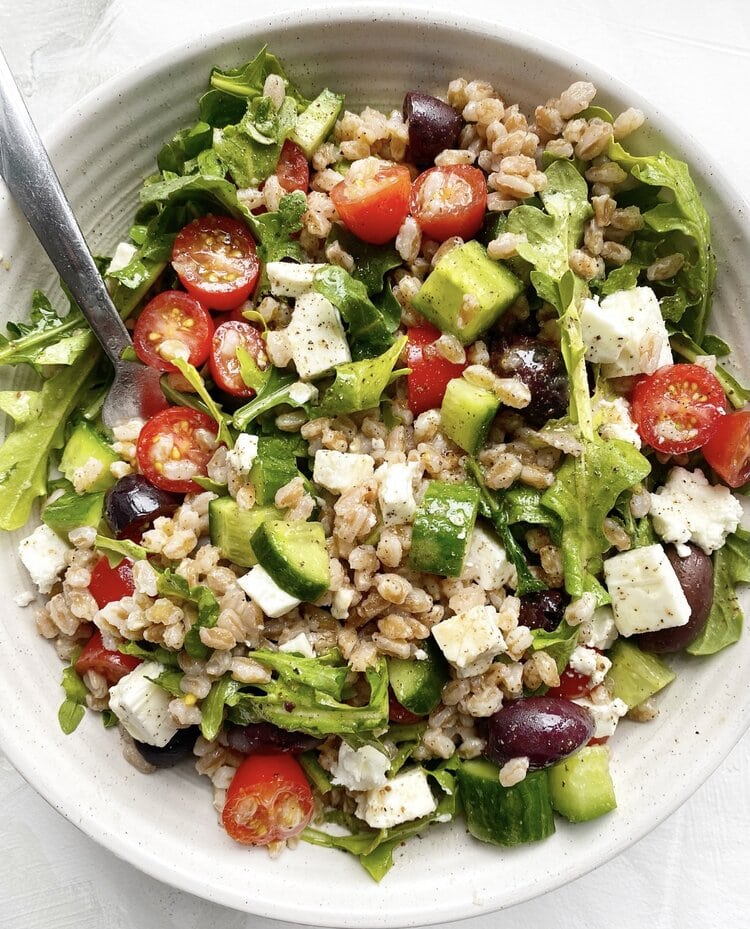
Organic and non-organic produce have equal nutritional value.
Multiple reviews of comparisons between the two varieties have found insignificant, negligible differences between the two, arriving at the overall conclusion that both organic and conventional produce items are highly-nutritious, important components of one’s diet (3,4).
Unsurprisingly, whether organic or conventional, high fruit and vegetable consumption is linked to positive health outcomes (5).
Nutritional value of a produce item (like its carbohydrates, vitamins, minerals, and antioxidants) is not necessarily the same as the long-term health outcomes associated with consuming said item.
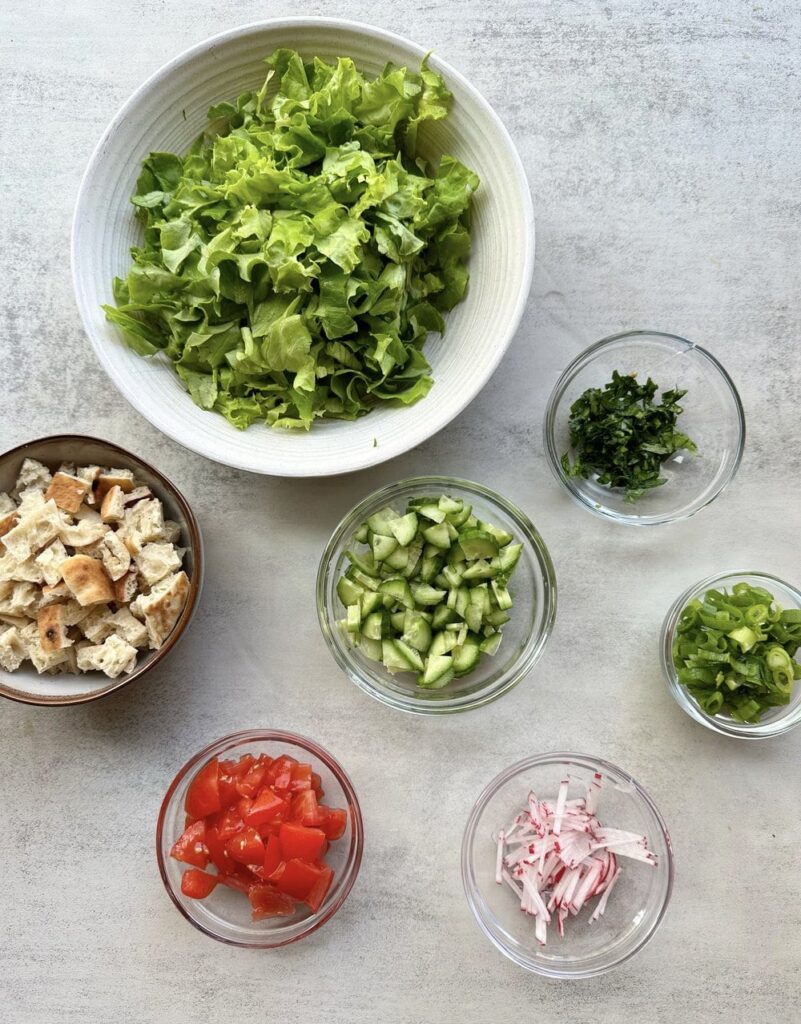
The difference in long-term health outcomes is related to pesticides, not organic vs. conventional.
When it comes to long-term health, the data is limited and mixed. A 2023 epidemiological review of 64 studies encourages limiting exposure to pesticides in general, as some studies suggest a link between some neurodegenerative diseases and some cancers, and long term exposure (6, 7, 3, 4, 8).
What this means: from a risk-management perspective, consuming less non-organic pesticides is likely better for health–but this can be done by purchasing organic produce, or using strategies to avoid pesticides (4).
What this does not mean: conventional produce has been proven to cause negative health outcomes (unlike a diet which avoids fruit and vegetables completely, which has much stronger links to poor health). (5)
It’s important to not assume causation here – as overly sensational headlines may do just that. Conventional fruit and vegetables are not associated with negative health outcomes.
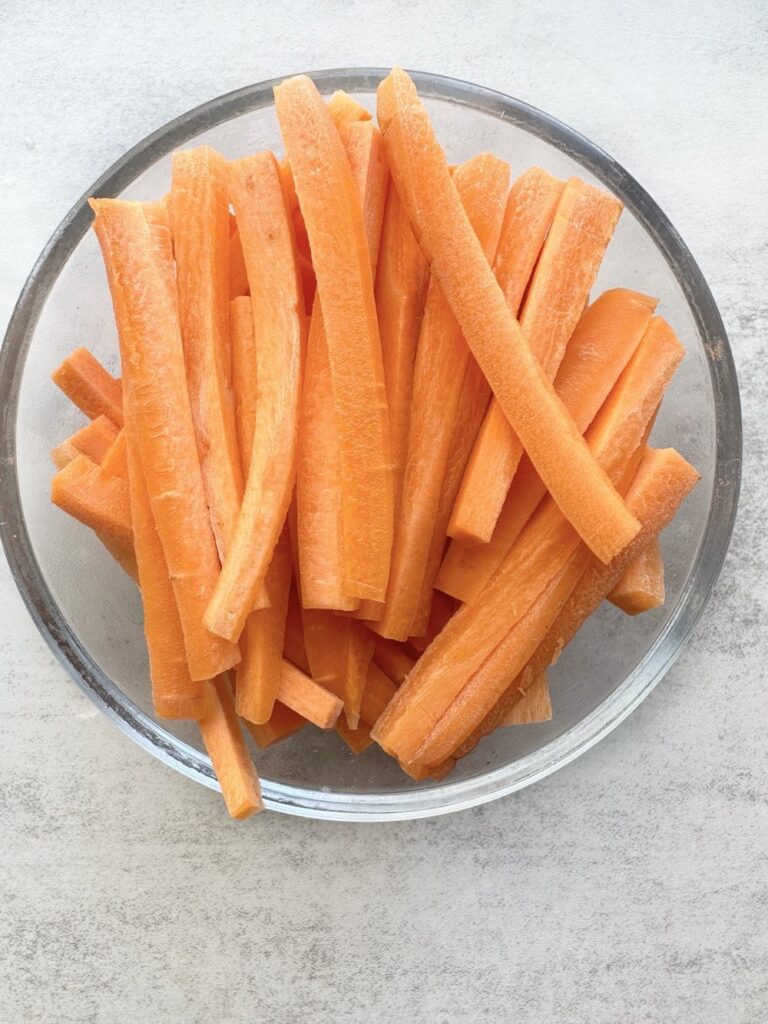
Cost-wise, organic produce is systematically more expensive than conventional.
Unsurprisingly, this is the case no matter where you shop. This is supported by numerous analyses. And is a very valid barrier to accessing organic produce (9, 10).
For example, analysis of all organic and conventional produce prices at three retailers: Walmart, Food City (mid-price retailer), and Fresh Market (higher-price retailer) found organic fruit cost over three times as much as conventional fruit (per ounce), and organic vegetables cost approximately 125% more than conventional vegetables (9).
On top of that, price differences were greatest at the lowest-cost retailer, Walmart. This means that the price increase you experience when you choose organic fruits and veggies at Walmart–where you expect to go to get an inexpensive grocery haul–is often greatest (9)!

Organic and conventional produce do not differ in taste.
The majority of shoppers rate the taste of organic and non-organic varieties identically.
While some shoppers claim to prefer organic, other research demonstrates a “halo effect” of a produce item labeled as organic: meaning shoppers rate organic produce better simply because they see the organic label (even when the label is there incorrectly). (11, 12)
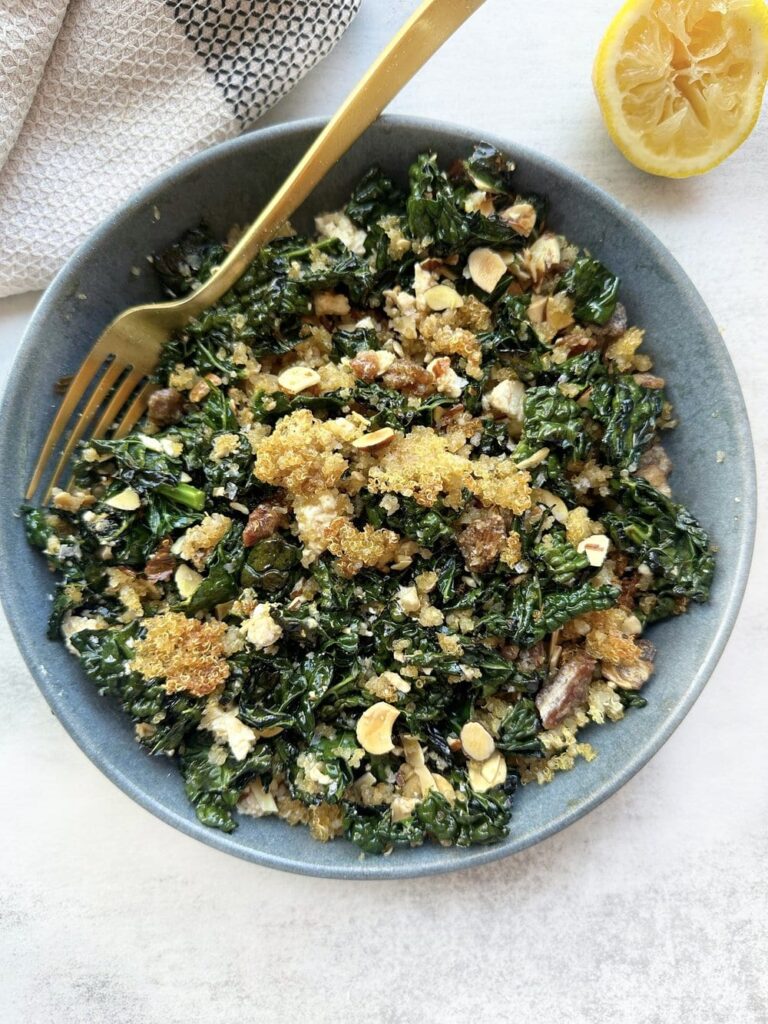
Unlike nutrition, organic and non-organic produce have differing environmental impacts.
Organic produce has not been bred and treated to grow as efficiently as conventional produce, so it requires more resources to grow. Climate experts debate whether it can feed an ever-growing human population (13).
On the upside however, organic produce uses more natural pesticides, so pollutants tend to be more easily disposed of. This means that rather than arguing for organic or not, many experts call for focus on pollutant mitigation (13).
If you’re interested in making an environmentally friendly choice: look for locally-grown produce that will have less transportation associated with its production, purchase frozen fruit and veg, and purchase heads of greens. These choices help save money too (14)!
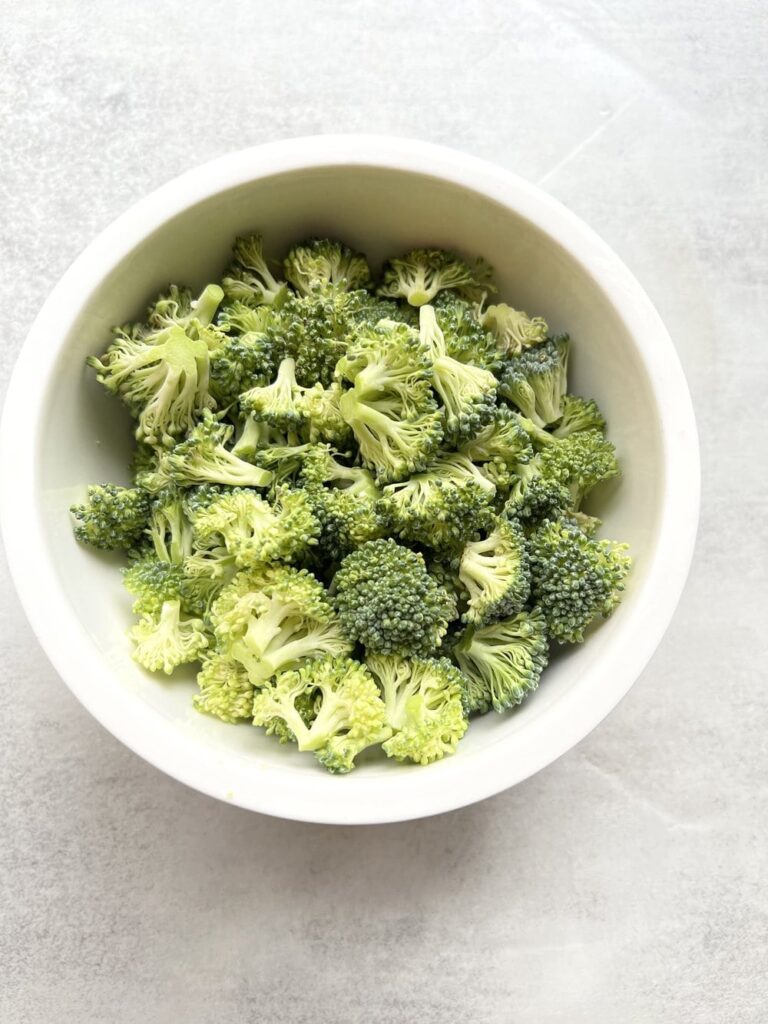
All produce – organic and conventional – has a limit to how much pesticides it can contain.
When it comes to pesticides allowed on any produce item, the USDA has specific types and amounts of pesticides allowed.
USDA annual testing data demonstrates less than 1% of produce contains pesticides with levels above the limit, which is already set at 1/100 the amount with any adverse effect noted (15).
This means that to be at a level which short-term negative effects were noted a produce item would have to be over 100x the limit – a very unlikely case.
The bottom line: any fruit or vegetables you eat are beneficial to your health – organic or conventional.
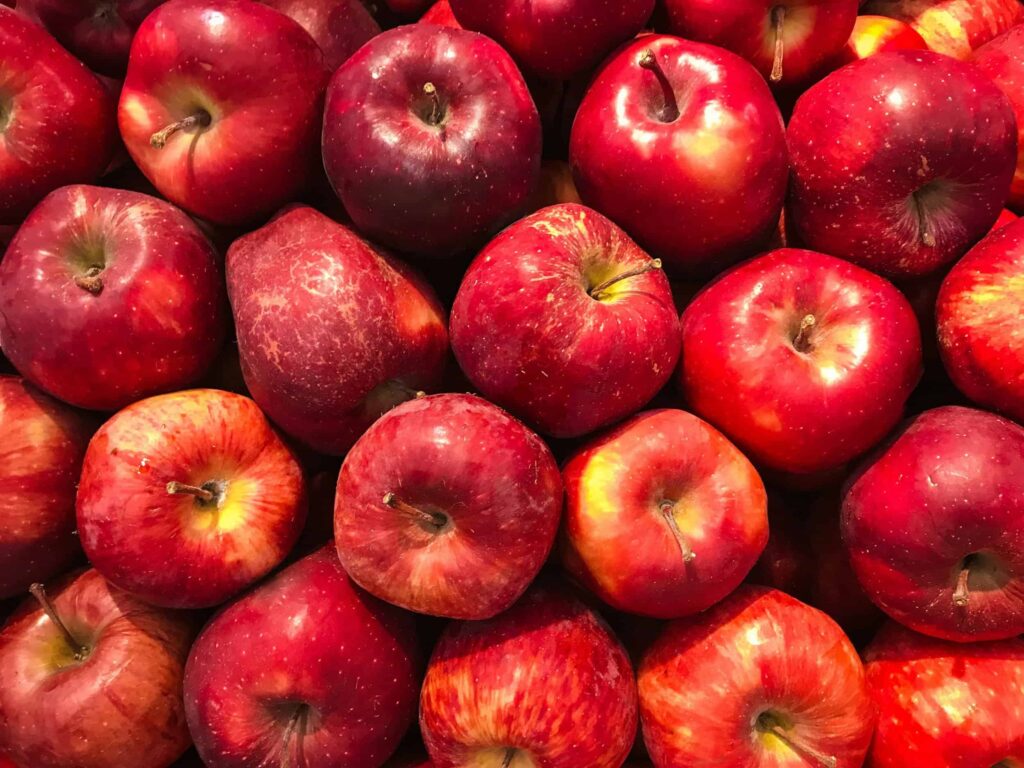
Consuming whichever produce is accessible to you is the key. Balancing your diet between grains, protein, fruit, and veggies – not the type of apple you buy – is what makes up a healthy lifestyle.
Minimizing the amount of pesticides you consume is advisable (an easy thing to do, read below!), and can be done in the context of organic OR non-organic produce. Any short term benefits of consuming organic produce–whether related to taste, nutrition, environment– are insignificant.
How to make the most of any fruit or vegetable:
- Any fruit or vegetable with a thick skin (think: avocado, oranges, mango, banana, melon) will have pesticides only on this skin portion. Discarding the thick skin makes the portion consumed effectively identical, whether you purchase organic or conventional produce.
- Washing the skin before cutting into the produce item removes most pesticides, plus any contaminants or bacteria that may spread inside as you prepare the item.
- If you still prefer to buy organic, consider frozen organic produce. These may be cheaper and are more reliably in-stock, as they do not spoil as fast as fresh produce or rely on local weather (8).
- Consider a local community-supported agriculture (CSA) or “Ugly” produce box membership. Put your zip code into to this CSA directory to find CSAs near you!
Want to learn more about making salads that are actually satisfying and eating vegetables in an enjoyable way?
Check out my NEW program, Food Freedom for the Whole Family, with everything you need to create a healthy relationship with food for you and your kids.
NYC dietitian: Sammi Haber Brondo | Veggies and Chocolate
References:
1. McEvoy, Miles. “Organic 101: What the USDA Organic Label Means.” USDA, 22 Mar. 2012, www.usda.gov/media/blog/2012/03/22/organic-101-what-usda-organic-label-means .
2. Norris, Megan. “Will Gmos Hurt My Body? The Public’s Concerns and How Scientists Have Addressed Them.” Science in the News, Harvard Graduate School of Arts and Sciences, 10 Aug. 2015, sitn.hms.harvard.edu/flash/2015/will-gmos-hurt-my-body/
3. Mie, Axel et al. “Human health implications of organic food and organic agriculture: a comprehensive review.” Environmental health : a global access science source vol. 16,1 111. 27 Oct. 2017, doi:10.1186/s12940-017-0315-4
4. Vigar, Vanessa et al. “A Systematic Review of Organic Versus Conventional Food Consumption: Is There a Measurable Benefit on Human Health?.” Nutrients vol. 12,1 7. 18 Dec. 2019, doi:10.3390/nu12010007
5. “Increasing Fruit and Vegetable Consumption to Reduce the Risk of Noncommunicable Diseases.” World Health Organization, World Health Organization, 9 Aug. 2023, www.who.int/tools/elena/interventions/fruit-vegetables-ncds#:~:text=Reduced%20fruit%20and%20vegetable%20consumption,and%20vegetable%20consumption%20in%202017
6. Bao W, Liu B, Simonsen DW, Lehmler H. Association Between Exposure to Pyrethroid Insecticides and Risk of All-Cause and Cause-Specific Mortality in the General US Adult Population. JAMA Intern Med.2020;180(3):367–374. doi:10.1001/jamainternmed.2019.6019
7. Cavalier, Haleigh et al. “Exposures to pesticides and risk of cancer: Evaluation of recent epidemiological evidence in humans and paths forward.” International journal of cancer vol. 152,5 (2023): 879-912. doi:10.1002/ijc.34300
8. Yan, D., Zhang, Y., Liu, L. et al. Pesticide exposure and risk of Alzheimer’s disease: a systematic review and meta-analysis. Sci Rep 6, 32222 (2016) https://doi.org/10.1038/srep32222
9. Chestnut, Caroline Knauss. Cost Comparison of Foods Purchased for an All-Organic Diet and a Conventional, Non-Organic Diet. Master’s Thesis. East Carolina University, January 2014. The Scholarship.http://hdl.handle.net/10342/4387
10. Lee, Janet. “Which Food to Buy Organic and How to Spend Less When You Do Via …” Consumer Reports, 9 June 2022, www.consumerreports.org/health/organic-foods/which-food-to-buy-organic-and-how-to-spend-less-when-you-do-a5815536309/
11. “Americans’ Views about and Consumption of Organic Foods.” Pew Research Center Science & Society, Pew Research Center, 1 Dec. 2016, www.pewresearch.org/science/2016/12/01/americans-views-about-and-consumption-of-organic-foods/.
12. Nadricka, Kristina & Millet, Kobe & Verlegh, Peeter. (2020). When Organic Products are Tasty: Taste Inferences from an Organic = Healthy Association. Food Quality and Preference. 83. 103896. 10.1016/j.foodqual.2020.103896.
13. Temple, James. “Organic Farming Is Actually Worse for Climate Change.” MIT Technology Review, MIT Technology Review, 2 Apr. 2020, www.technologyreview.com/2019/10/22/132497/sorryorganic-farming-is-actually-worse-for-climate-change/
14. Miller SR, Knudson WA. Nutrition and Cost Comparisons of Select Canned, Frozen, and Fresh Fruits and Vegetables. American Journal of Lifestyle Medicine. 2014;8(6):430-437. doi:10.1177/1559827614522942
15. USDA Agricultural Marketing Service. “Pesticide Data Program Annual Summary Calendar Year 2022.” USDA, Jan. 2024, www.ams.usda.gov/sites/default/files/media/RPGUIDELINES092015.pdf
Written by Dietetic Intern, Madeline Lowney
Madeline is a dietetic intern and nutrition and dietetics graduate student at New York University, and holds a Bachelor of Science in Nutrition and dietetics from New York University.
Although originally from Massachusetts, she has experience at Manhattan michelin-bib farm-to-table restaurant abcV, and New Jersey-based Oishii Japanese berry vertical farm. Her down-to-earth upbringing emphasizing gardening, alongside her fascination with biochemistry, inspired her passion to use evidence-based nutrition to promote physical and mental health.
Outside of nutrition, she loves to hike, spend time with her dogs (a cockapoo and rescue golden-retriever-mix).



